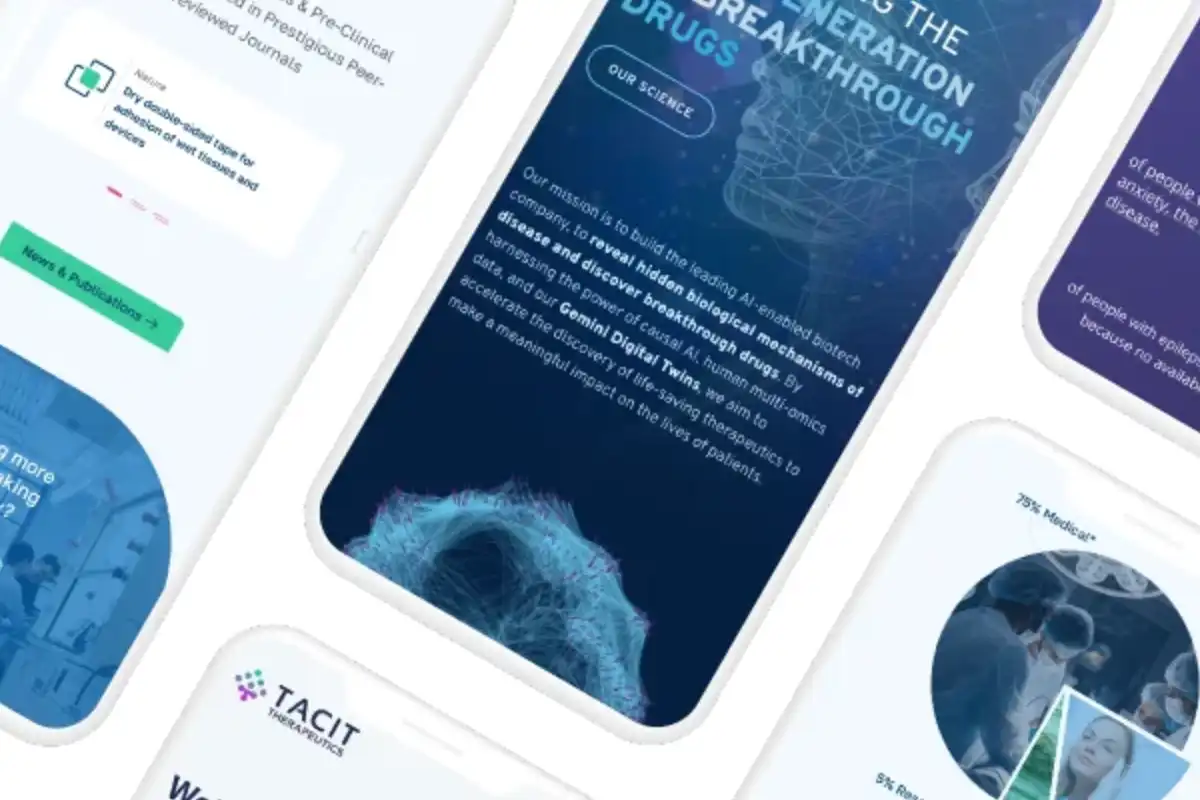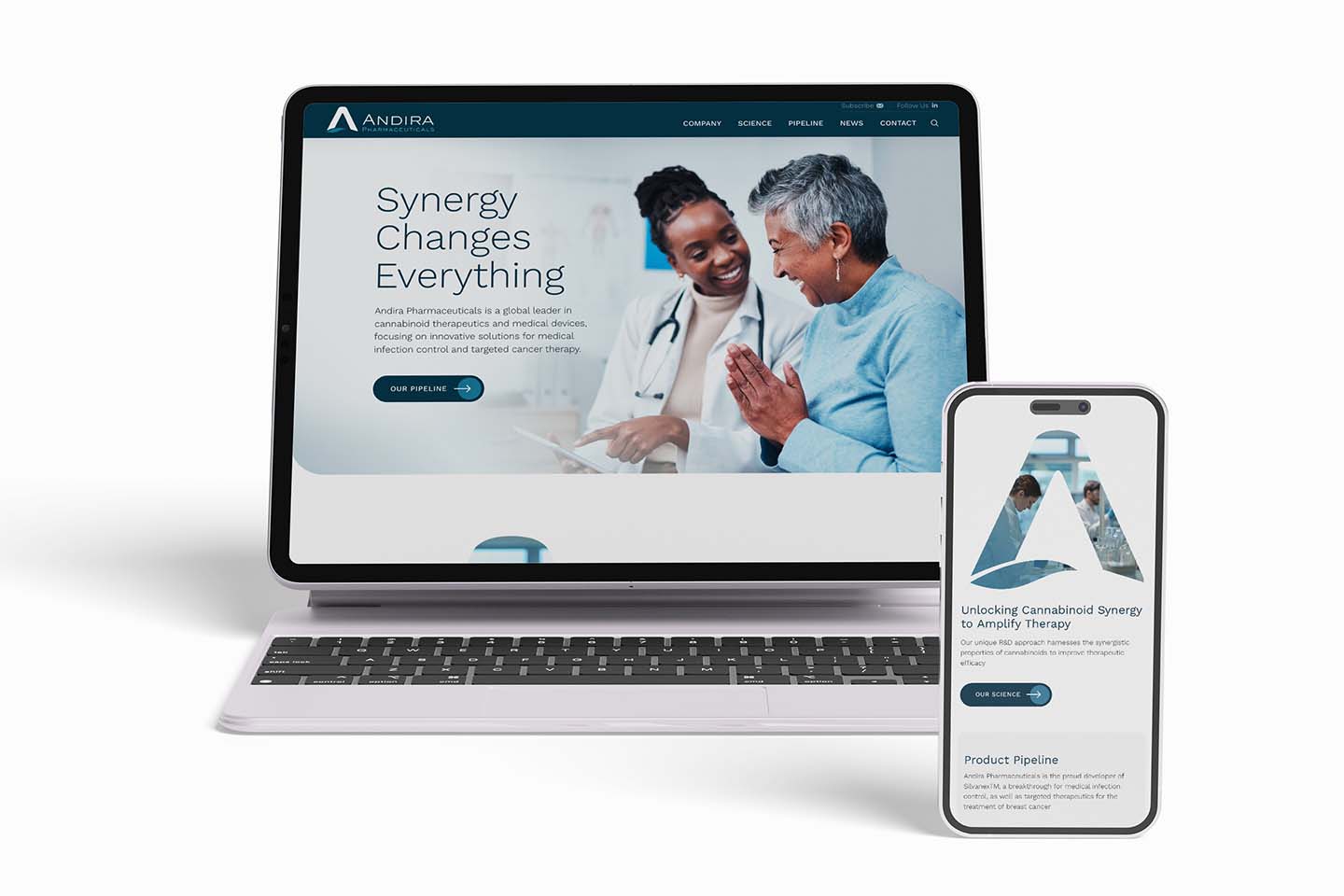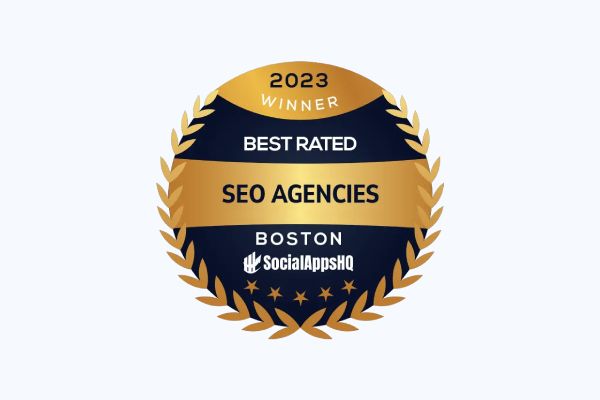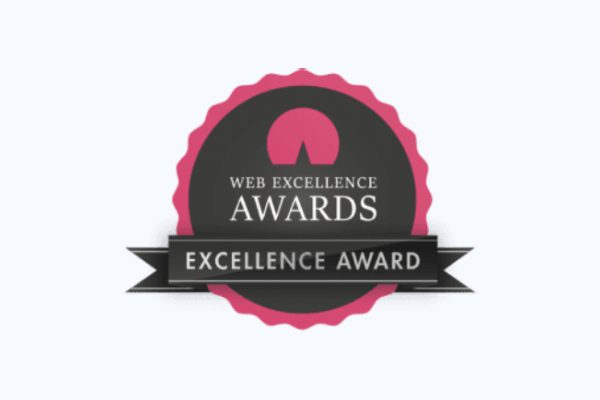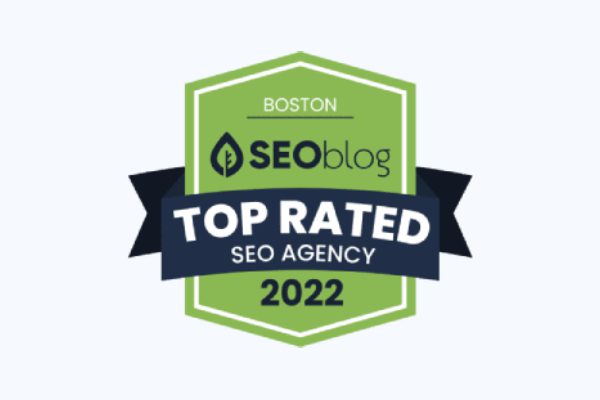A strong social media presence can help companies large and small build their authority, boost sales and create a tribe of loyal customers. Social media now plays a major role in any company’s SEO strategy; as a result, making the most of social media opportunities depends not only on finding the right audience, but also on knowing how to “speak” to that audience using the channel’s unique language.
From major channels such as Facebook, Twitter, and LinkedIn, to lesser-known ones like Reddit and StumbleUpon, every social network has its own culture and conventions that are shaped by user demographics and the structure of the site itself. For example, Pinterest is an image curation site that’s popular among women. That type of content won’t work on Twitter – a site with many user types and that uses text of 140 characters or less. Read on for a look at leading social media channels and the language that is “spoken” on each.
Facebook: Keep It Short and Timely
The granddaddy of social media sharing, Facebook has a simple structure that works for both business and personal use. Although posting content of all types is possible, the short, timely updates work best – especially if they are text-based and contain a link made clickable through Facebook’s own interface. Facebook allows long posts, but short and sweet posts that direct viewers to longer form content can encourage connection and gain followers. Facebook pages and groups centered around a brand can create a sense of community and give users a glimpse of a company’s culture and values.
Twitter: Less Can Be More
Twitter’s famous rule of 140 characters max can seem restrictive, but it works. Posts can be even more shareable if they are shorter still. Although primarily text-based, Twitter posts with images and video can also be shared. Since Twitter has such a large and diverse user base, Twitter lists are used to search out and target a number of different audience types; these lists organize followers and content around hashtags and keywords. With Twitter, companies can post frequent real time updates, share snippets of company culture and direct users back to the site for rich content.
Pinterest: Pictures Are Prime
Pinterest ranks among the top social media sites used worldwide, but its unique features can make it a challenge to use. The language here is images, which are “pinned” from a variety of sources and shared to other users’ accounts. Pinterest emphasizes curation rather than connection, but users can develop followers and direct them to a website or blog through comments and text in pin descriptions. With Pinterest, companies of all kinds can share personal glimpses of the company culture and let visitors know about new content and offers.
Instagram: Up Close and Personal
Instagram is for images – the more authentic, the better. On Instagram, users establish a connection through photographs that are personal and real – although they can be enhanced through any of the site’s 20 filters. Instagram users are typically young, although the base of older users is growing. Users can also target specific demographics through keywords and hashtags.
Instagram users also love interacting with brands on the channel, and they frequently shop directly from their accounts. On Instagram, business users can provide a behind-the-scenes glimpse into the company’s culture, or they can post candid shots and profiles of employees.
For many users, social media sites are more than just a place to connect – they also function as search engines, customer service interfaces, and messaging apps. Knowing the culture and “language” of each network can help your company build authority, awareness and lasting connections.

